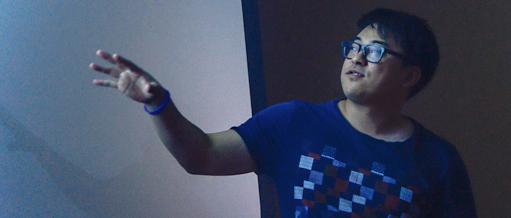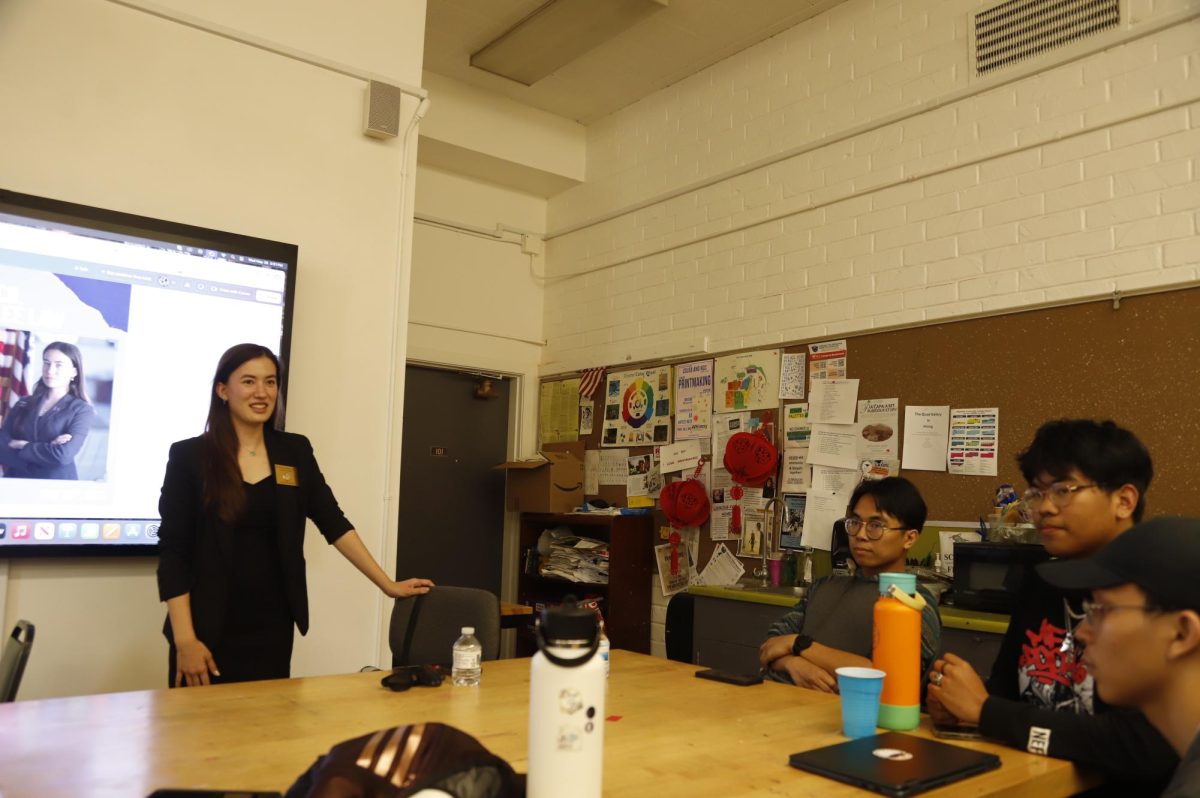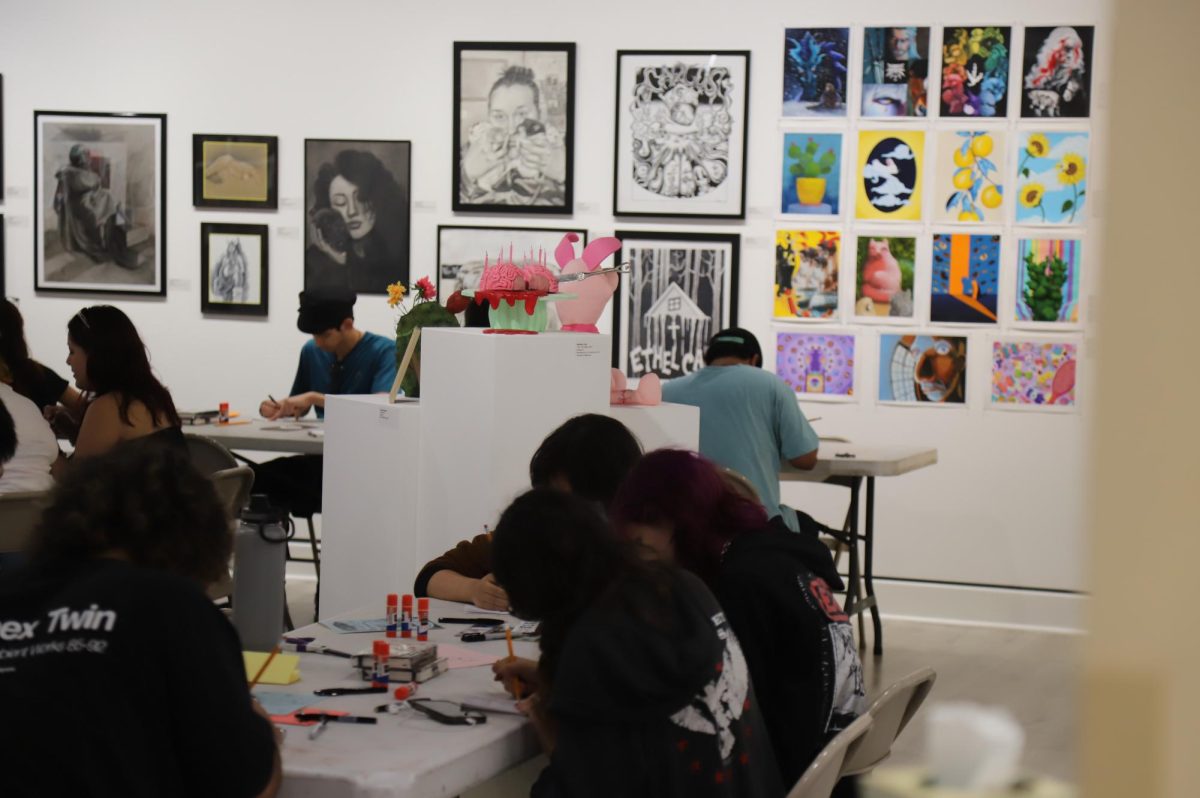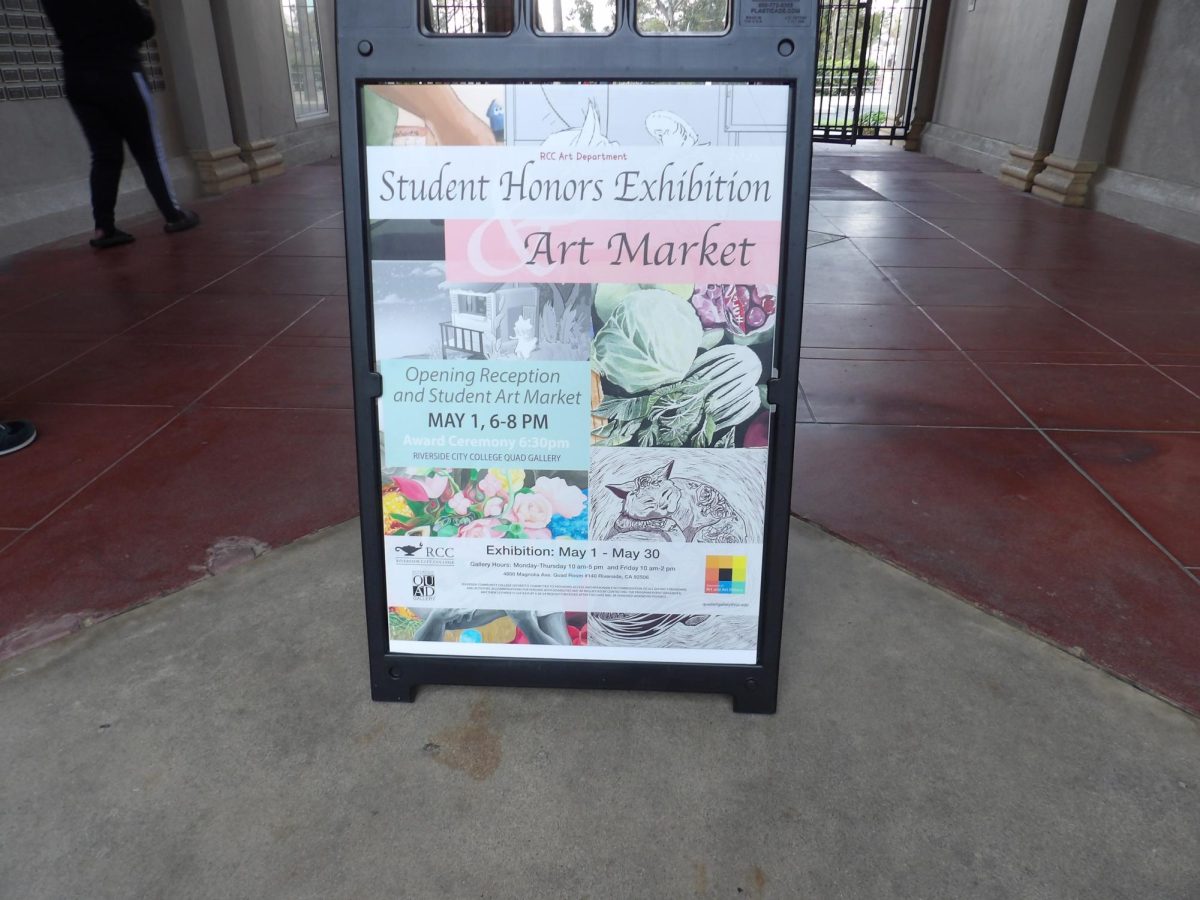Written by Brooke Cary
Student animators and computer programmers joined together on Oct. 27 in the at Riverside City College to listen to Andrew Lee, emerging mobile game developer, speak on animation and programming for games.
Lee was invited to speak by Will Kim, a RCC animation professor. Kim has traditionally invited one guest artist per semester to show different career applications for his students and the field of animation.
“I thought it would be interesting for the students to learn how to apply art and design to a game – a little bit of a different perspective from just cinematic form,” Kim said.
Kim and Lee attended the same school in college, the California Institute of the Art, and Lee earned his Bachelor of Fine Arts degree in character animation in 2010.
Within the last year, Lee began working in mobile game development and has produced two mobile games and is currently prototyping another.
Lee jumped right into the industry after college, working as a production manager for the Oscar-nominated short film, “Adam and Dog” with his former classmate Minkyu, the director of the film.
“I got lucky,” Lee said, “I knew Minkyu. He was my classmate.” But after pursuing production management for two years, Lee felt there was still something missing. “I realized that I missed creating, you know … I missed art.”
He also worked under Glen Keane, a Disney animator and owner of Glen Keane Productions.
Last year, Lee finally decided to leave the industry to pursue mobile game development on his own and began to learn prototyping and programming, “from scratch,” he said. “I wanted to share that you can come from any walk of life and do this.”
During the talk, Lee discussed Indie vs. Major game developers and encouraged students to “just do it” when it comes to gaming. “It is a bit technical. There are a lot of things that need to be very specific,” Lee said as he listed off the software programs required to make a market-quality game.
“But you could know all these things by heart and still make a crappy game,” he said.
So the question remained; how could students bring their animated work to life to produce a quality mobile game? Lee’s answer was to simplify.
“It doesn’t matter if it’s digital or a board game; you want to start on paper to see if your version can work on a mechanical level,” Lee said.
A microphone was passed around after the lecture and students had the opportunity to pick Lee’s brain. Among the various questions were, “How important is storytelling in game development,” “Can you use concept art to help develop a game?” and “Have you ever used crowd-funding sites for supporting mobile games?”
After the lecture was over, students approached Lee with notebooks of drawings and plans for technical and planning advice.
“I want students to know (that) it’s okay to have fear. It’s okay to leave this job and do this thing (where) you don’t know what’s going to happen,” Lee said. “There’s always a job, always money to be made. But you’ll never get a chance to do your own thing. That will rarely happen. That’s success in it’s own way.”







